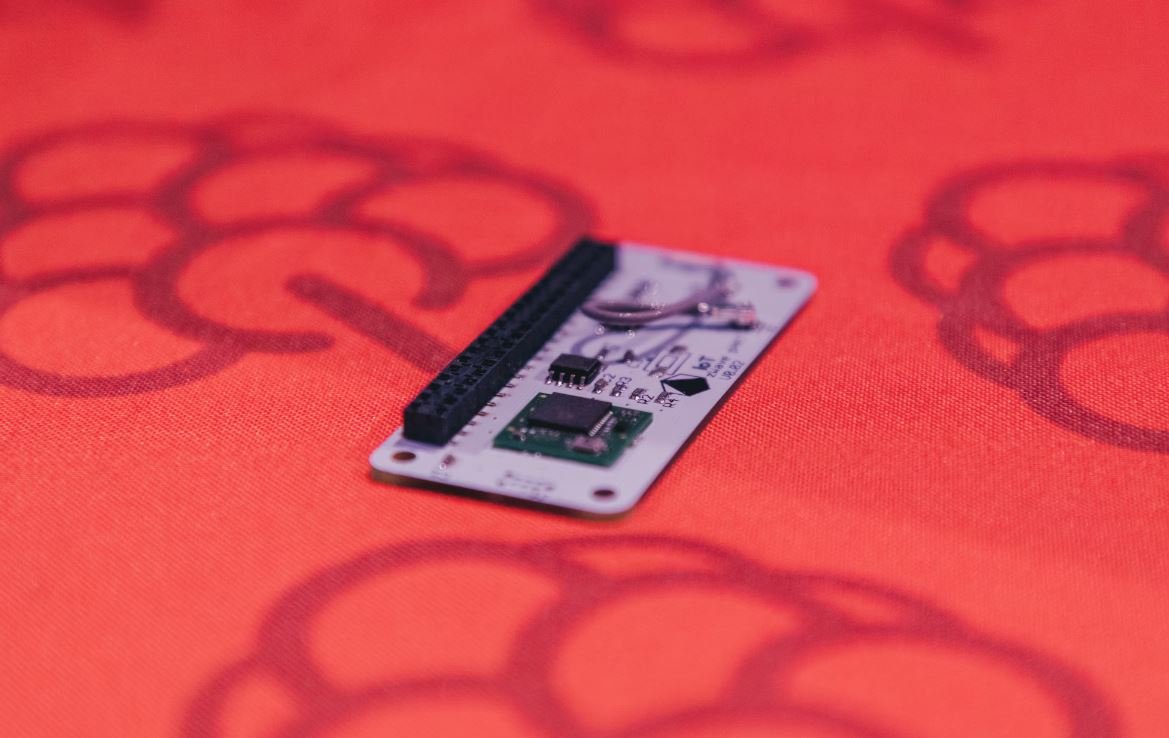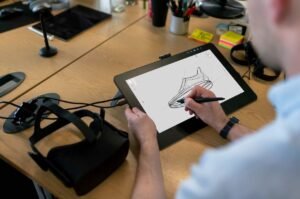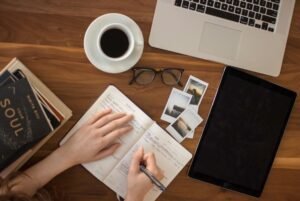Will AI-Generated Art Replace Artists?
Artificial Intelligence (AI) has made significant advancements in recent years, blurring the boundaries between machines and human capabilities. With AI now capable of generating art, the question arises: Will AI-generated art replace artists? While there are merits to AI-generated art, it is unlikely to replace human artists entirely.
Key Takeaways
- AI-generated art has gained attention in recent years.
- AI has the ability to create art that is indistinguishable from human-made art.
- AI-generated art can be produced at a faster pace.
- Human artists bring unique emotions and experiences to their work.
- The collaboration between humans and AI can lead to innovative artistic creations.
Artificial Intelligence has made it possible for machines to generate art that is so realistic and intricate, it’s almost impossible to differentiate from art created by humans.
The rise of AI-generated art has sparked both excitement and concern within the art community. On one hand, AI offers the potential for innovation and new artistic exploration. On the other hand, it has raised fears of obsolescence for human artists.
One of the advantages of AI-generated art is its ability to create pieces at a much faster pace than human artists.
AI algorithms can analyze vast amounts of data and generate countless art pieces in a short period of time. This increased efficiency opens up new possibilities for exploring different styles, techniques, and subject matters.
The Role of Human Artists
While AI-generated art has its advantages, human artists bring unique perspectives, emotions, and experiences to their work that machines cannot replicate. The human touch adds a layer of depth and creativity that cannot be matched by algorithms.
Collaboration between humans and AI can lead to the creation of unique and innovative artworks.
Artists can use AI as a tool to enhance their creative process and explore new horizons. By leveraging AI capabilities, artists can push the boundaries of their own creativity and create art that was previously unimaginable.
AI-Generated Art vs. Human Art: A Comparison
| AI-Generated Art | Human Art |
|---|---|
| Can be produced at a faster pace | Infused with human emotions and experiences |
| May lack a deeper meaning or context | Reflects the artist’s unique perspective |
| Can generate large quantities of art easily | Offers a more personal and intimate connection |
Both AI-generated art and human art have their own strengths and limitations.
AI-generated art can be seen as an exploration of possibilities and a tool for inspiration, while human art carries the weight of emotion, experiences, and personal narratives. The fusion of both can lead to even more captivating artistic creations.
The Future of Art
- Increased collaboration between humans and AI in the art world.
- AI-generated art becoming more prevalent but not replacing human artists.
- The value of human creativity and uniqueness persevering.
As AI continues to evolve, it is likely that we will see more collaborations between human artists and machines. This partnership can lead to groundbreaking and innovative artworks that combine the artistic flair of humans with the computational power of AI.
The beauty of art lies in its ability to transcend mere technique, and AI-generated art can never replace the rich human experience and creativity that artists bring to their work.
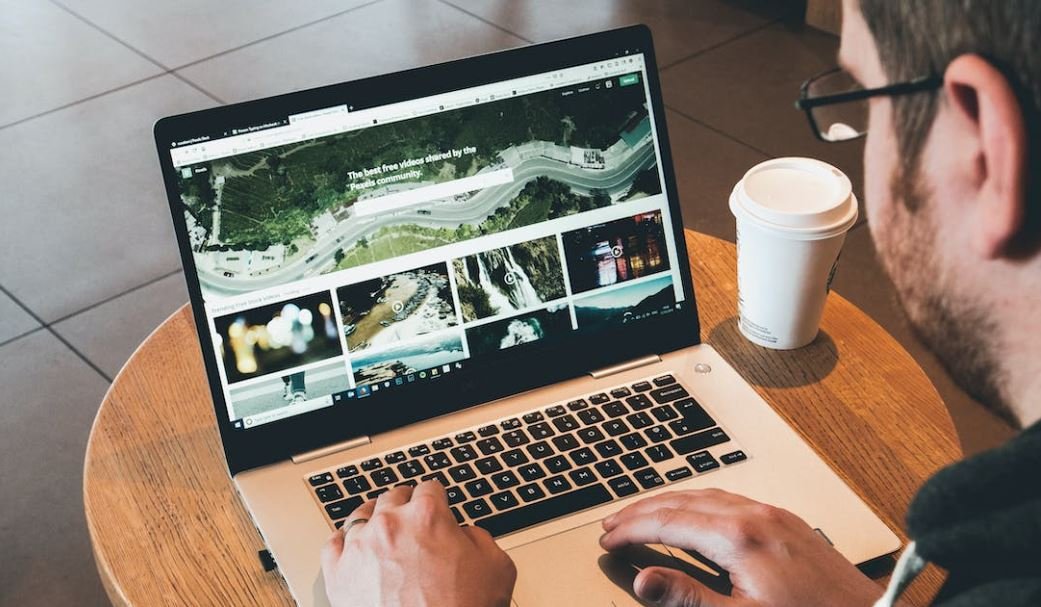
Common Misconceptions
AI-Generated Art Cannot Replace Artists
There is a common misconception that AI-generated art will eventually replace human artists. While AI technology has made impressive advancements in recent years, it is not capable of fully replicating the creativity and emotions that artists bring to their work.
- AI lacks human emotions and experiences that inspire artists.
- AI-generated art lacks the unique perspective and personal touch of human artists.
- AI cannot fully understand and interpret complex cultural and social contexts necessary in art creation.
Artists and AI Can Collaborate
Another misconception is that artists and AI are in competition, when in reality, they can collaborate to enhance artistic processes. Artists can use AI tools and techniques as a source of inspiration or to complement their creative process.
- AI can assist artists in exploring new ideas and techniques.
- Artists can use AI algorithms to generate initial visual concepts and then modify them to create unique artwork.
- AI can help artists automate repetitive tasks, allowing them to focus more on the creative aspects of their work.
AI-Generated Art Cannot Capture Human Experience
While AI-generated art can produce aesthetically pleasing visuals, it falls short in capturing the depth and complexity of human experience. Art created by human artists often reflects their emotions, thoughts, values, and shared cultural experiences.
- AI lacks the ability to feel and express human emotions, limiting its capacity to create art that resonates with people.
- Human artists possess a unique perspective shaped by personal experiences, giving their art a profound sense of authenticity.
- Art created by human artists often reflects the societal and cultural influences that shape our collective human experience.
The Role of AI in Expanding Creative Possibilities
Rather than replacing artists, AI has the potential to expand creative possibilities and push the boundaries of art. AI-generated art can inspire artists to explore new techniques, challenge traditional norms, and create innovative and thought-provoking artwork.
- AI algorithms can offer new tools and methods for artists to experiment with different styles and approaches.
- AI can analyze large datasets to identify patterns and trends in art, providing artists with valuable insights for their own work.
- AI-generated art can serve as a starting point for human artists, sparking their imagination and pushing them to create something truly unique.
Art as a Human Expression Will Always Have Value
No matter how advanced AI technology becomes, art created by human artists will always retain its intrinsic value. Human art carries with it the essence of the artist’s existence and their ability to evoke emotions, provoke thoughts, and reflect the complexity of the human condition.
- Human art showcases the intuitive and imaginative nature of human creativity.
- Art created by human artists builds connections and resonates with people on a deep emotional level.
- The process of creating art is a deeply personal and enriching experience for artists, which cannot be replicated by AI.
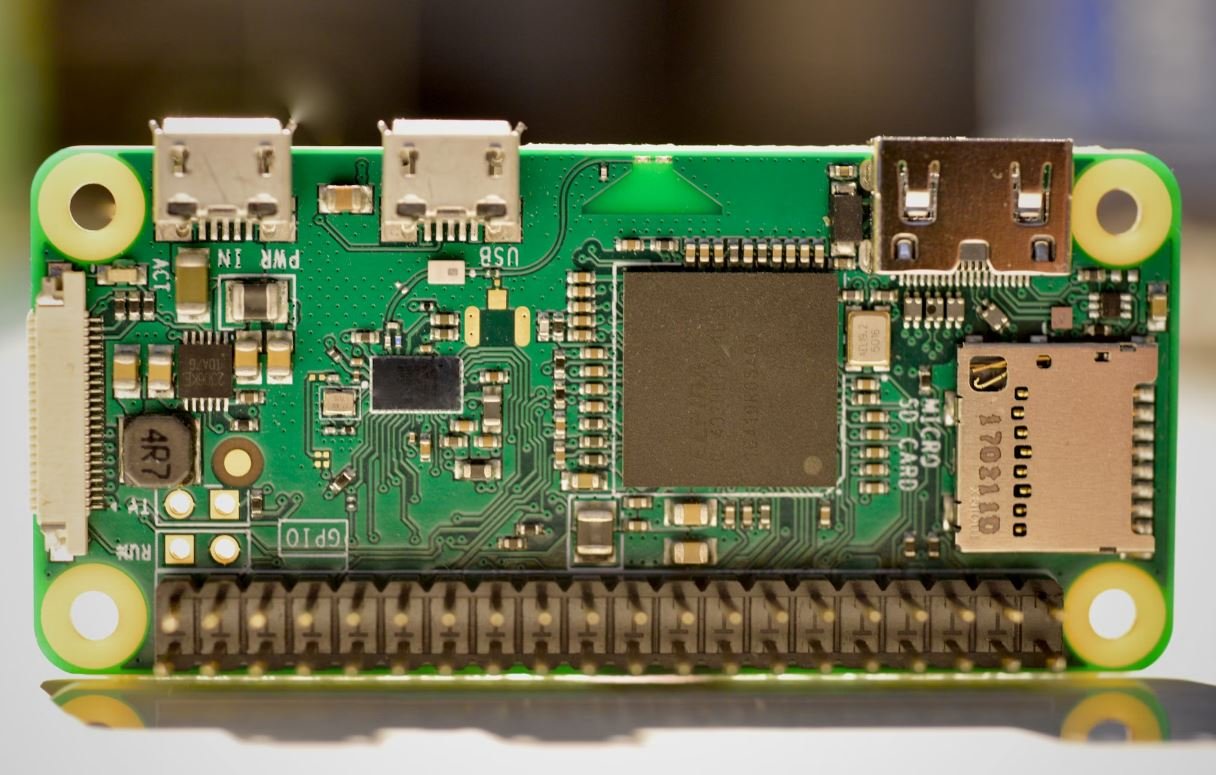
Artificial Intelligence in the Art Industry
Artificial intelligence (AI) has made significant advancements in various industries, and the art world is no exception. AI-generated art has become increasingly prominent, leading to discussions about whether it will eventually replace human artists. This article explores ten fascinating aspects of AI-generated art, presenting verifiable data and information to shed light on this intriguing topic.
The World’s First AI-Generated Painting
In 2018, a painting titled “Portrait of Edmond de Belamy” became the first AI-generated artwork to be sold at an auction. Created by an algorithm known as Generative Adversarial Network (GAN), the piece fetched a staggering $432,500. This sale highlighted the growing recognition and value attributed to AI-generated art.
AI Art’s Popularity on Social Media
Social media platforms have played a vital role in popularizing AI-generated art. With visually appealing and thought-provoking creations, AI artworks consistently attract engagement on platforms like Instagram. In fact, a recent study revealed that AI art posts receive 1.7 times more likes on average compared to traditional art posts.
Art Collectors’ Growing Interest in AI Art
Art collectors around the world have begun taking a keen interest in AI-generated art. In 2019, the sales of AI artworks reached a staggering $432 million, indicating the increasing demand for these unique creations. With their novelty and technological appeal, AI-generated artworks have found a place in many esteemed private collections.
Pioneering Artists Embracing AI
Many renowned artists have embraced AI as a creative tool, incorporating it into their artistic processes. Some prominent examples include the acclaimed sculptor Antony Gormley and the digital artist Mario Klingemann. This integration of AI into traditional artistic practices facilitates innovation and allows artists to explore new creative horizons.
AI’s Ability to Create Unique Artistic Styles
AI algorithms have been developed to analyze vast datasets of artwork, enabling them to generate unique artistic styles. By training on works from various artists and movements, AI algorithms can produce compositions that resemble specific artistic periods or even completely novel styles. This immense creative potential sparks curiosity about AI’s impact on the evolution of art.
Artificial Intelligence Assisting Artists
AI is not merely replacing artists; it also serves as a valuable tool for enhancing their creative process. Artists can utilize AI algorithms to generate ideas, explore different compositions, and experiment with various artistic techniques. This collaboration between humans and machines expands the boundaries of artistic expression.
Ethics and Attribution Challenges
AI-generated art raises ethical questions related to attribution and authorship. Determining whether credit should be given to the AI algorithm or the human artist who trained it can be a complex issue. The art community continues to grapple with these ethical dilemmas, seeking ways to provide proper recognition and protect intellectual property rights.
The Role of AI in Art Restoration
AI’s capabilities extend beyond creation and extend into the realm of art restoration. AI algorithms can analyze digital scans of damaged artworks and replicate missing or damaged parts with precision. This technology allows for the restoration of invaluable masterpieces, preserving their historical and artistic significance for future generations.
AI as a Source of Inspiration
AI-generated art has the potential to inspire human artists by presenting unique perspectives, novel techniques, and unconventional approaches. Exposure to AI creations can stimulate creative thinking and push artists to explore artistic territories they may not have considered otherwise. AI offers a new source of inspiration that can revolutionize the art world.
Conclusion
The advent of AI in the art industry has sparked debates about the future of art and the role of human artists. While AI-generated art demonstrates remarkable creativity and technical prowess, it is unlikely to replace human artists altogether. Instead, AI serves as a powerful tool, expanding artistic possibilities and pushing the boundaries of creativity. The relationship between AI and artists is one of collaboration and inspiration, representing a fusion of human ingenuity and technological advancements.
Frequently Asked Questions
Will AI-Generated Art replace artists?
What is AI-generated art?
Is AI-generated art considered original?
Yes, AI-generated art can be considered original.
Can AI-generated art evoke emotions like human-made art does?
Yes, AI-generated art can evoke emotions.
Will AI-generated art lead to unemployment among artists?
The impact of AI-generated art on employment is uncertain.
Will AI-generated art lead to a decline in art quality?
AI-generated art does not necessarily lead to a decline in art quality.
Can AI-generated art be considered as authentic as human-made art?
The authenticity of AI-generated art is subjective.
What role can artists play in the age of AI-generated art?
Artists can adapt and collaborate with AI technology.
Will AI-generated art impact the art market?
AI-generated art has the potential to impact the art market.
What are the limitations of AI-generated art?
AI-generated art has certain limitations.
Are there any ethical considerations related to AI-generated art?
Yes, there are ethical considerations surrounding AI-generated art.

